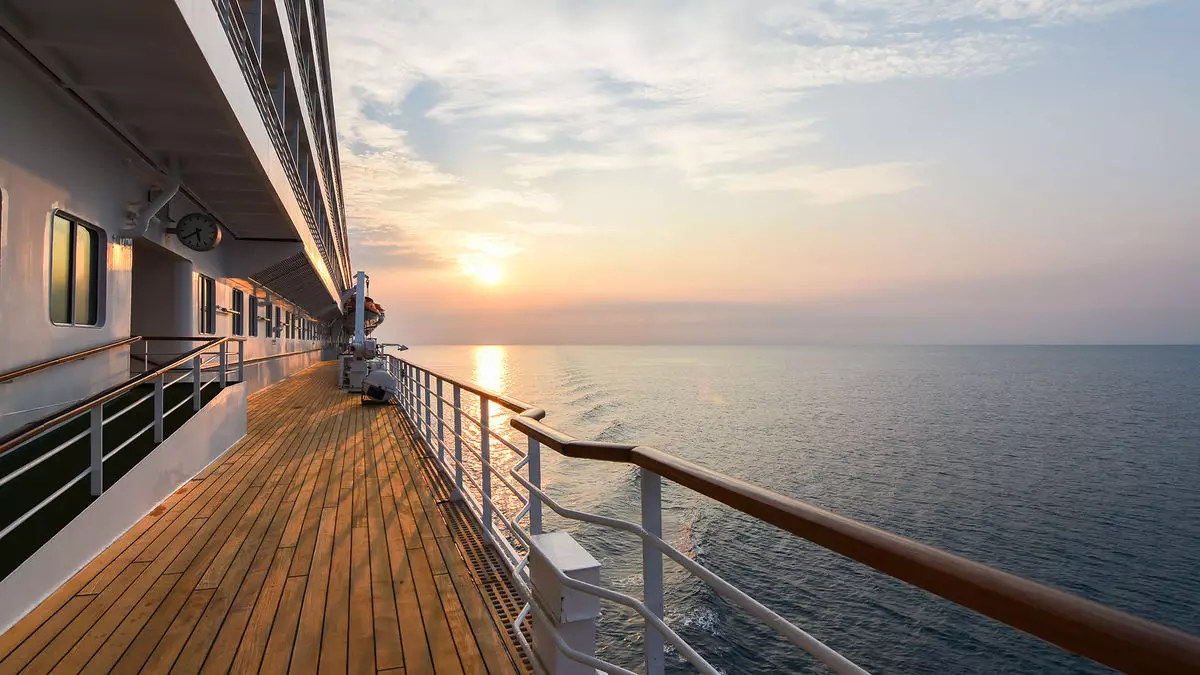The year 2024 has proven particularly challenging for cruise ships, with alarming spikes in gastrointestinal illnesses attributed largely to norovirus outbreaks reported by the Centers for Disease Control and Prevention (CDC). This surge marks a significant decline in the industry’s health safety, showcasing vulnerabilities that demand greater scrutiny. Unlike hotels and other accommodations, cruise lines are mandated to report instances of outbreaks, providing a unique lens through which to understand the impact of such illnesses on public health.
In 2024, there were 18 reported outbreaks of gastrointestinal illness on cruise ships, a notable increase from the 14 recorded in the previous year. An outbreak is defined by the CDC as occurring when at least 3% of passengers and crew report symptoms consistent with gastrointestinal distress to medical personnel. This metric underscores not only the rising number of cases but also the potential for severe, systemic failures in health management aboard these floating hotels. Gastrointestinal illnesses, primarily driven by norovirus, have been a significant concern; however, other pathogens like E. coli and Salmonella were also identified in a few outbreaks. Such diversity in pathogens signals a larger issue regarding food safety, hygiene protocols, and passenger health education on board.
December 2024 stands out as one of the worst months for the cruise industry in terms of reported gastrointestinal illnesses. Among the ships, six documented outbreaks of norovirus, in addition to at least one case of an unknown illness, further complicating the issue for health officials. The spike during this holiday season raises important questions about the effectiveness of current health policies in protecting passengers during peak travel periods. With the CDC documenting an unprecedented rise since 2012, the implications extend beyond immediate passenger discomfort. They touch upon broader public health considerations, including the potential for these outbreaks to be a harbinger of larger scale epidemics.
Adding to the complexity of this situation is the reported emergence of a new strain of norovirus, coinciding with the increasing outbreak numbers. State health departments documented 91 outbreaks of norovirus during a single week in early December, underscoring the urgency of the health crisis. This uptick not only highlights how quickly norovirus can spread in enclosed environments but also raises alarm bells regarding public health preparedness. The interconnectedness of health threats in this era indicates an urgent need for enhanced monitoring, timely reporting, and robust public health campaigns aimed at educating passengers about precautionary measures when traveling on cruise lines.
The cruise industry must respond to this alarming trend with proactive strategies to safeguard health. This includes rigorous adherence to sanitation protocols, improved screening processes for passengers and food supplies, and prompt responses to any reported illness. More transparency in reporting and rapid communication between cruise lines and health authorities will be crucial in stemming the tide of norovirus outbreaks. Additionally, investing in research on viral transmission within these unique environments could pave the way for developing more effective preventive measures. The stark realities of 2024 should serve as a wake-up call, compelling the industry to prioritize passenger health and safety in a preventative manner, ultimately fostering a healthier, more enjoyable travel experience for all.

